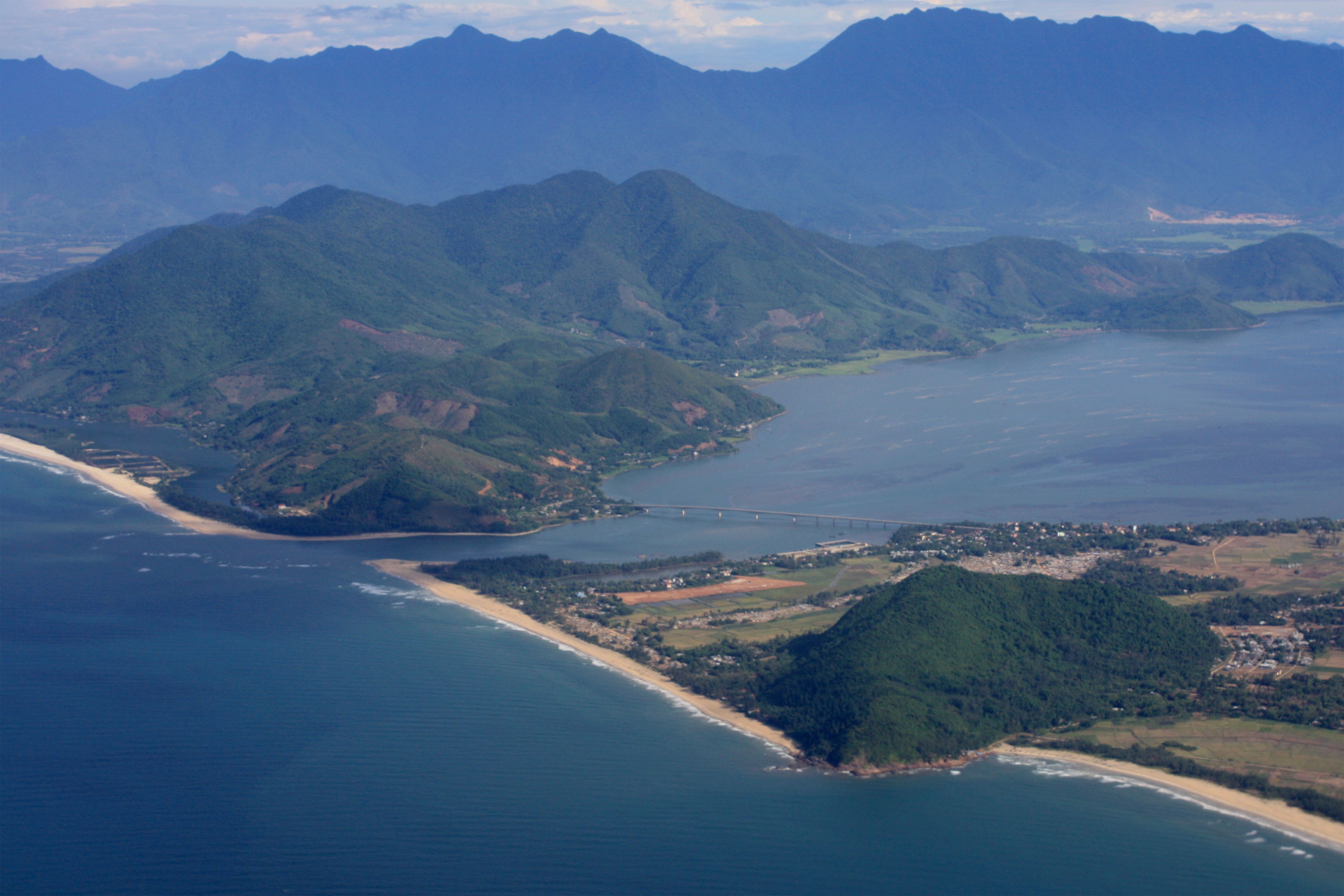Climate change and the morphological stability of the Tu Hien inlet, Vietnam
Coastal inlets and tidal basins are of large socio-economic importance. Inlet systems across the globe provide people with easy access to the ocean for fishing or shipping. The coastal plains associated with inlet systems can also be fertile lands, for the cultivation of rice for instance. As inlet systems are home to large varieties of wildlife such as birds and marine animals, they are considered to be of high ecological and environmental value, not to mention touristic value. The Tu Hien inlet and the Tam Giang-Cau Hai lagoon system are no exception, as approximately half a million people depend on it for their livelihood.
Tidal inlets are also known for their volatile nature, as they are dependent on the delicate balances between oceanic processes such as tidal flow, wave action and mean sea level on the one hand, and riverine processes such as discharges and sediment supply on the other hand. The crux is that these processes are all signicantly dependent on climate change. Known symptoms of climate change are a change in mean sea level, a change in the amount and intensity of rainfall and a possible increase in the number of extreme events like storms.
Possible consequences of changes to the existing balance, such as increasing sedimentation, eventual closure or migration of the inlet, can cause shifts in the stability of the inlet. Other eventualities are additional breaches or landward migration of the coastline. The research goal of my thesis is to understand what effect the changes in climatic conditions have on the morphological stability of the Tu Hien inlet. In recent years there have been some studies towards the impact of climate change on larger inlet systems, but the impact on smaller and more commonly found tidal inlet systems, such as the Tu Hien inlet, has not been investigated to date.
$bodyInfo:
